Understanding the Impact: A Deep Dive into the Change Healthcare Breach
The recent data breach at Change Healthcare marks a significant incident in the realm of healthcare cybersecurity. This blog post aims to dissect the events leading up to the breach, providing a comprehensive breakdown of how it was discovered, the scope of the data compromised, and the immediate measures taken to address the aftermath.
The breach was first detected by internal security teams who noticed unusual network activity indicative of a cybersecurity incident. This quick detection was crucial in the preliminary stages of understanding the scope of the attack. Investigations revealed that cybercriminals exploited a vulnerability within the company’s software infrastructure, which allowed them unauthorized access to a vast array of patient data.
The data accessed included sensitive personal information such as names, Social Security numbers, medical records, and billing information, impacting millions of individuals. The breach not only exposed patients to potential identity theft but also placed a significant strain on Change Healthcare’s operations and reputation.
In response to the breach, Change Healthcare immediately mobilized a specialized response team to contain the breach. They implemented enhanced security measures, including multi-factor authentication and advanced encryption technologies to safeguard data transmission. Moreover, they initiated a comprehensive review of their systems and policies, aiming to fortify their defenses against future cyber-attacks.
The incident has served as a critical learning opportunity, not just for Change Healthcare but for the healthcare industry at large, underscoring the importance of robust cybersecurity measures and the need for continuous monitoring and updating of security protocols to protect sensitive patient information.
Lessons Learned: Key Takeaways from the Change Healthcare Breach
The cybersecurity breach at Change Healthcare was a jarring reminder of the vulnerabilities present in digital healthcare systems. This blog post delves into the key lessons that healthcare organizations can draw from this incident to enhance their cybersecurity practices.
First, the breach highlighted the need for continuous risk assessment and security updates. Organizations should adopt a proactive approach to security, regularly updating their systems and patching vulnerabilities before they can be exploited by malicious parties.
Employee training emerges as another critical takeaway. The breach underlined the importance of ensuring that all employees are trained on the fundamentals of cybersecurity, including recognizing phishing attempts and securing their login credentials. Regular training sessions and drills can help maintain cybersecurity awareness throughout the organization.
The incident also demonstrated the value of a robust incident response plan. Change Healthcare’s ability to quickly identify and respond to the breach was instrumental in mitigating its impact. A well-structured response plan should include procedures for breach containment, an assessment of the breach’s scope, and strategies for communicating with stakeholders and regulatory bodies.
Finally, the breach emphasized the need for transparency in the aftermath of a cyber incident. Open communication with affected individuals and regulatory authorities can help manage the situation more effectively and restore trust among consumers.
The Future of Healthcare Data Security Post-Change Healthcare Breach
As we look to the future following the Change Healthcare breach, it’s clear that the landscape of healthcare data security is evolving rapidly. This blog post explores how advancements in technology and shifts in regulatory policies are shaping the future of data protection in healthcare.
The integration of artificial intelligence (AI) and machine learning into healthcare cybersecurity strategies is expected to play a transformative role. These technologies can analyze vast amounts of data to detect patterns and anomalies that may indicate a security threat, enabling preemptive action against potential breaches.
Moreover, the breach has catalyzed a push for more stringent regulatory compliance. As healthcare data breaches continue to pose significant risks, regulatory bodies are likely to enforce stricter data protection laws and heavier penalties for non-compliance, ensuring that healthcare organizations prioritize patient data security.
Blockchain technology also presents a promising solution for enhancing data integrity and security. By decentralizing data storage, blockchain can reduce the risk of data breaches and ensure that any unauthorized changes to data are easily detectable.
In conclusion, the Change Healthcare breach serves as a pivotal moment for the healthcare industry to reassess and reinforce its cybersecurity measures. With the adoption of advanced technologies and a commitment to regulatory compliance, the healthcare sector can look forward to a more secure future in managing patient data.



